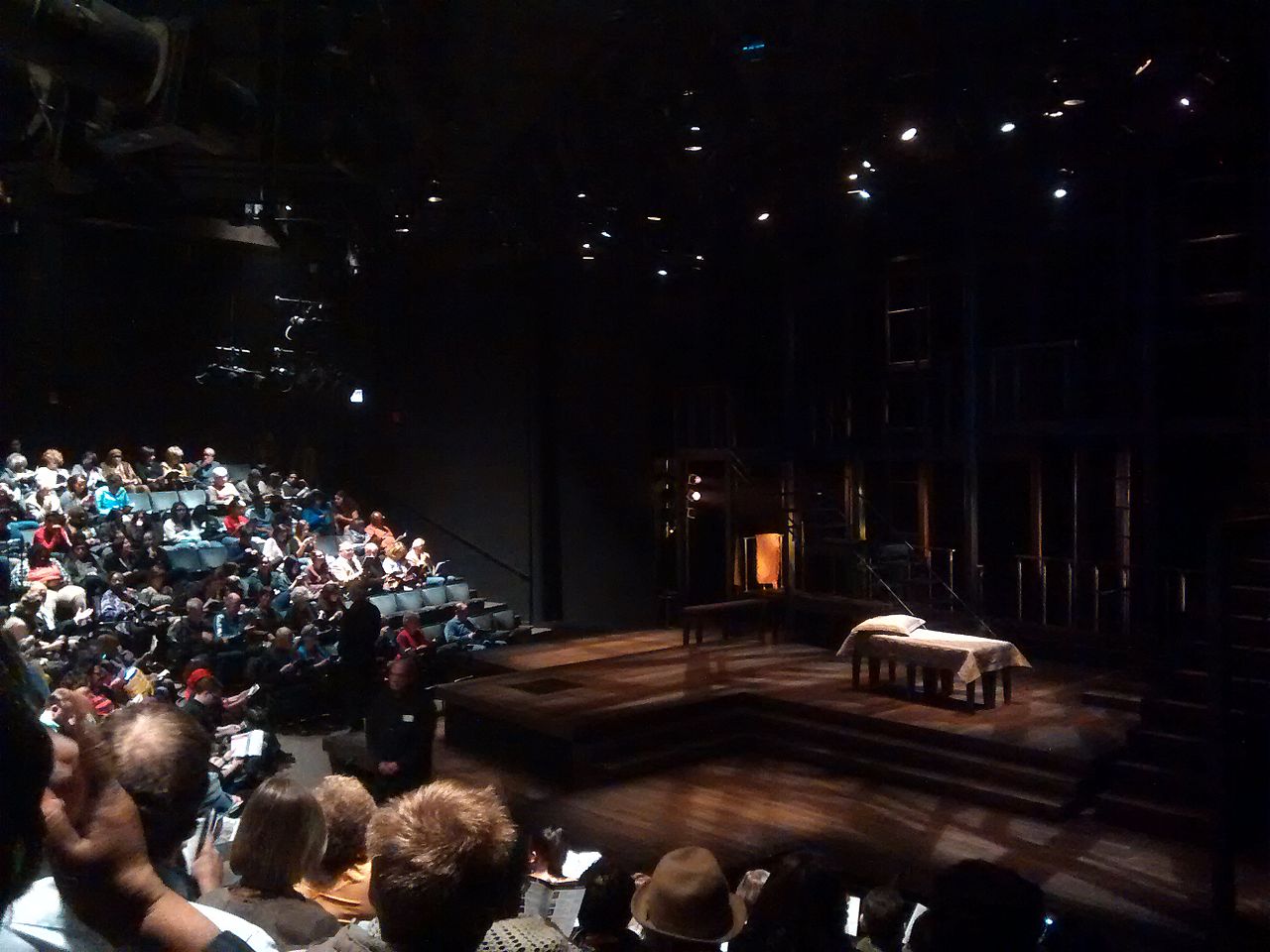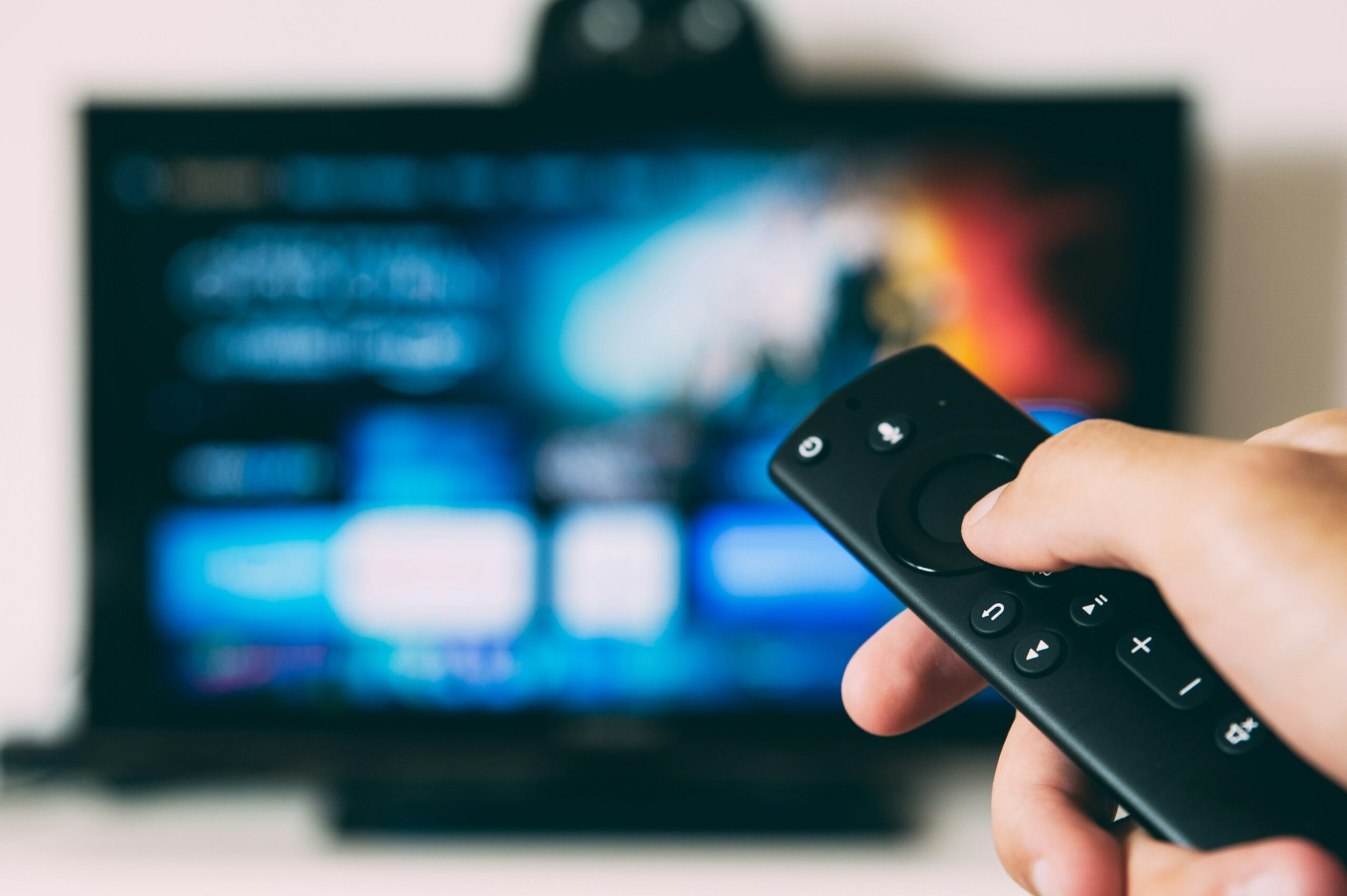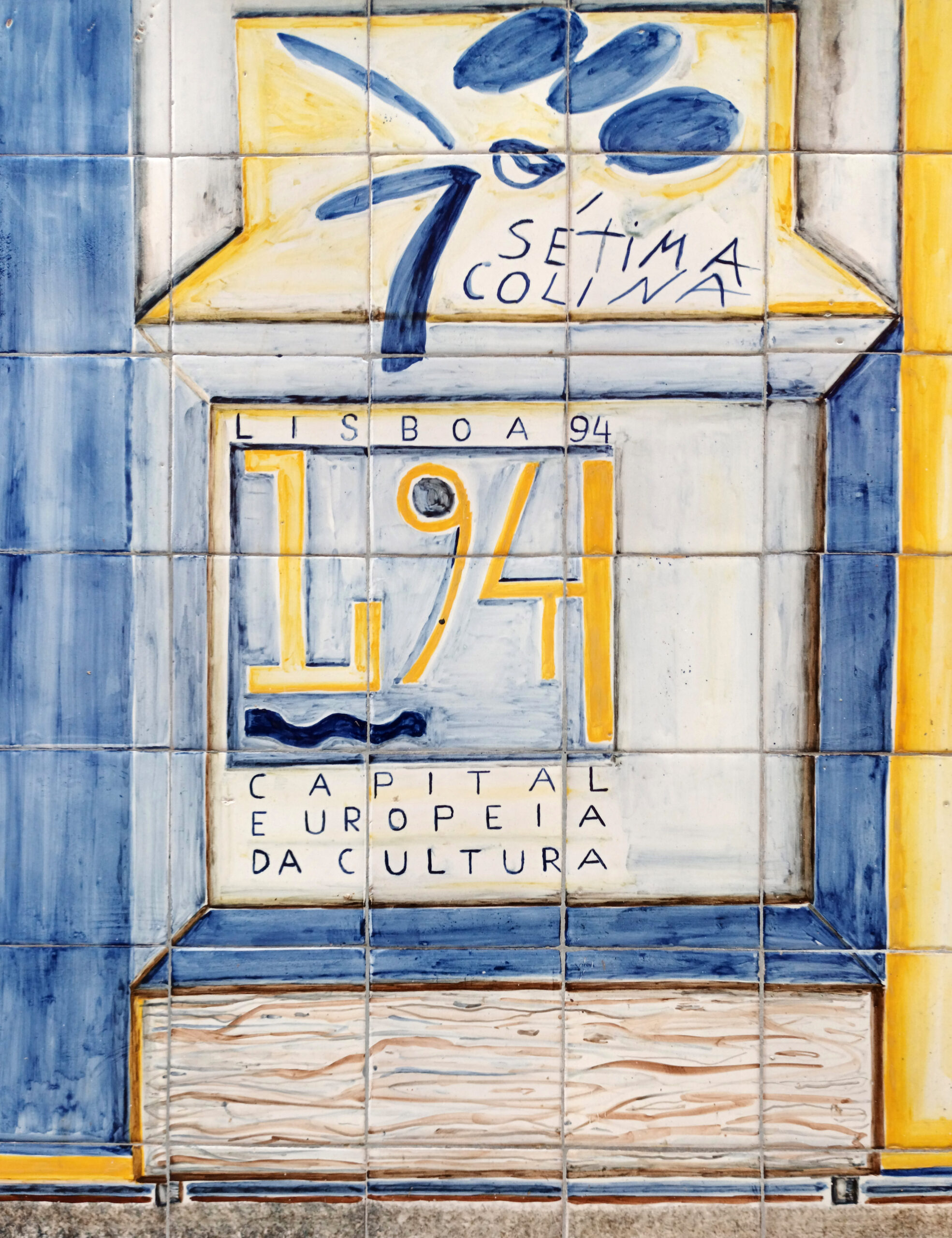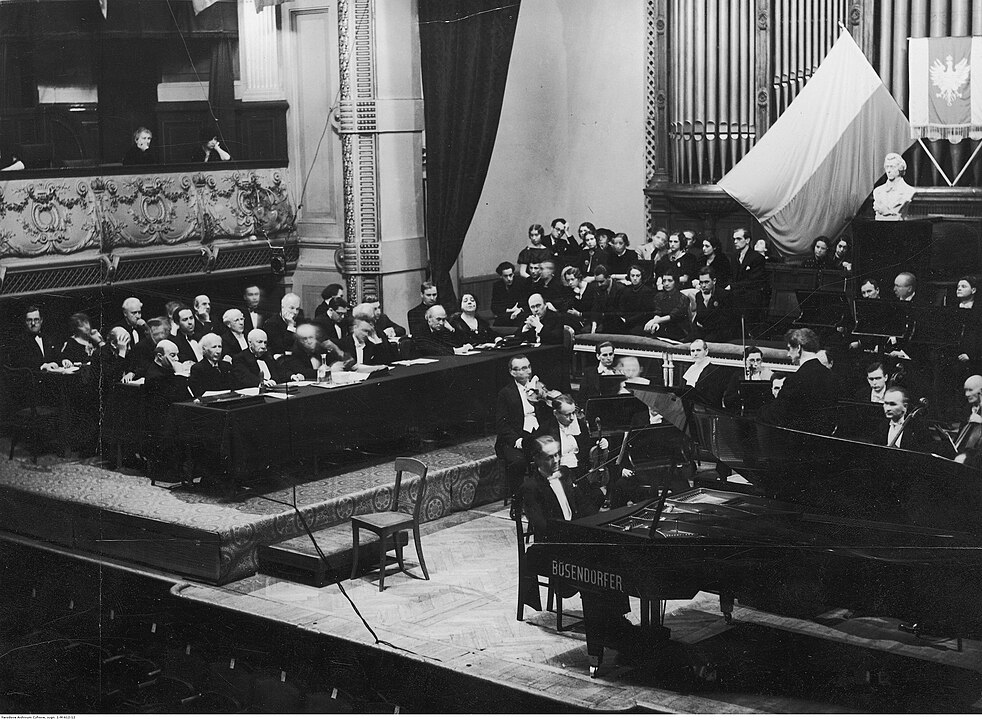In our analysis of virtual reality (VR) experiences in this corpus, we explore the interplay between artistic and pedagogical goals in VR mediation tools developed in collaboration with cultural institutions. Creators aim to establish strong emotional connections between visitors and cultural heritage objects, but introducing diverse narrative design elements can disrupt this connection, affecting the quality of the experience. We investigate how emotional aspects are negotiated between creators and institutions in the production process.
The integration of digital technology into heritage institutions has been a gradual process, reflecting a movement towards professionalization and transformation. Museums have embraced digital technologies in their various missions, including conservation and mediation. This digital integration has evolved over time, starting from early computer databases and mediation tools in the 1970s, progressing to cultural CD-ROMs, websites, and augmented reality in the 2010s. The adoption of digital technology has been driven by external pressures from political, media, and institutional discourses in favor of digitization and attracting new, younger audiences.
Virtual reality’s emergence as a tool for cultural mediation has historical roots dating back to the 1960s. While the term “virtual reality” gained popularity in the 1990s, the core concept of “presence” has remained central to VR studies. Presence refers to the technology’s ability to make the virtual environment convincing to the user, fostering a sense of immersion and connection with the content. In museums, immersive devices play a vital role in representing exhibition elements, offering visitors a sensory and emotional connection to historical eras and places. The inclusion of virtual reality in museums is still driven by the goal of attracting new audiences and enhancing the museum experience.
Therefore, our study aims to analyze the negotiation and organizational strategies employed to reconcile cognitive and pedagogical objectives with sensory and emotional goals within tools that reside at the intersection of mediation and standalone art forms. To this end, we selected, from a still limited number of devices co-constructed with heritage or museum institutions, a corpus consisting of three VR experiences that are comparable in format, scale, and budget.
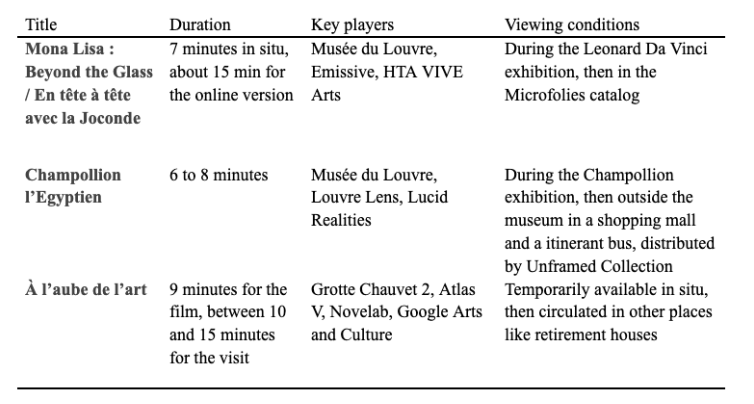
Figure 1: List of VR experiences in our corpus
To achieve this, we conducted six semi-structured interviews with eight stakeholders, encompassing representatives from institutions, designers, and directors. We also examined online presentations of a device by three of the creators at a professional conference and gathered insights from ten other sector agents, including institutions and governmental actors, shared during roundtable discussions.
The virtual reality devices in our discussion serve both as mediation tools and works of art, with a balance required to fulfill both roles effectively. The concept of “presence” remains crucial, emphasizing the subjective sense of immersion in the virtual environment. Immersion and emotional engagement are interconnected, and presence influences emotional responses. Also, realism plays a significant role in enhancing the empathic connection, particularly in the case of object reconstructions. The accuracy of virtual world components, including 3D models of artifacts, contributes to the user’s emotional experience. Yet, high fidelity modeling can be demanding on hardware, which must balance model fidelity and display capabilities. Scientific accuracy and emotional design complement each other, as a faithful recreation of a historical era fosters an empathic connection. Moreover, virtual reality devices provide access to restricted or challenging-to-visit locations, offering emotional and educational benefits. However, integrating virtual reality into museums is not without complexities, and the devices should not distract from the visitor experience.
The text also explores the organizational, economic, and legal impacts on artistic choices in digital mediation tools. Collaboration between museum teams and creative production companies is crucial.
In our cases, the producers take the initiative or are involved from the project’s conceptual stage and play a pivotal role in driving creativity and selecting the narrative. This is largely due to their specific expertise in immersive technologies and the artistic nature of the devices. Furthermore, we observe a very late involvement of mediation services, as in the case of Champollion, where they were only included in the final meetings before the project’s ultimate approval. Coordination between production teams and institutional scientific experts was managed by the communication director. This process can be slowed down by public procurement complexities. The legal and economic uncertainties in the production process have led to discussions and recommendations for standardization and training in public procurement regulations. The involvement of major sponsors in projects has had a notable impact, allowing them to bypass public procurement rules and significantly influence project dynamics. This emphasizes the need for a balance between scientific and artistic aspects, financial and legal considerations, and sponsor and institutional expectations throughout a project’s development.
The relationships among various stakeholders vary depending on the economic and contractual connections, as well as the trust established in each party’s competencies. The inexperience of institutions in this type of device tends to limit their involvement in narrative and emotional choices, as the script is typically proposed by the service provider and undergoes ongoing review and revisions throughout the production process.
The design of these tools primarily aims at on-site dissemination, accompanied by forms of human mediation and suitable museography. However, their value extends to off-site distribution, both guided and autonomous, making it challenging to achieve equivalent comprehension for all audiences in all circumstances. For creators, establishing an empathic connection through emotional design is a less challenging task. Nevertheless, currently employed distribution platforms, primarily intended for video game consumption, are suboptimal for heritage valorization strategies targeting a broad audience. The discoverability on platforms like Steam, where over 30 new contents are added daily, is exceedingly low for narrative and heritage works. It would be interesting in the future to analyze the reception of these devices via such platforms, outside of a museum context.
In conclusion, the text highlights the multifaceted role of virtual reality experiences in museums and cultural heritage. These experiences serve as both mediation tools and works of art, aiming to establish an empathic connection between the audience and cultural objects. The integration of digital technology in heritage institutions reflects a movement towards professionalization, with museums adopting various digital tools over the years. The emergence of virtual reality as a cultural mediation tool is rooted in the concept of “presence,” fostering an immersive and emotionally engaging experience. Achieving the right balance between artistic and scientific elements, maintaining realism, and dealing with complexities in collaboration are essential. The economic and legal aspects can also impact the artistic choices made during production. Overall, this discussion sheds light on the dynamic and evolving landscape of virtual reality in the cultural sector.
About this article
BALLARINI, Marie, DELESTAGE, Charles-Alexandre, 2023. Dissonance des objectifs dans la chaîne de production des œuvres patrimoniales en réalité virtuelle — Trouver le compromis entre transmission des savoirs et expériences émotionnelles, Réseaux, 2023, n° 242, à paraître.
About the authors
Marie Ballarini is Assistant professor at University Paris Dauphine-PSL, laboratoire DRM MOST
Charles Alexandre Delestage is Assistant professor at Université Bordeaux Montaigne, laboratoire MICA
